How Profitable Is Meat Processing Business?
The meat processing industry occupies a pivotal role in the global food sector, encompassing the transformation of animal carcasses into a diverse array of meat products. This business sector not only meets the growing demand for protein-rich foods but also presents significant economic opportunities for entrepreneurs and investors. In this comprehensive guide, we delve into the profitability of the meat processing business, examining key factors, challenges, and opportunities that define its landscape.
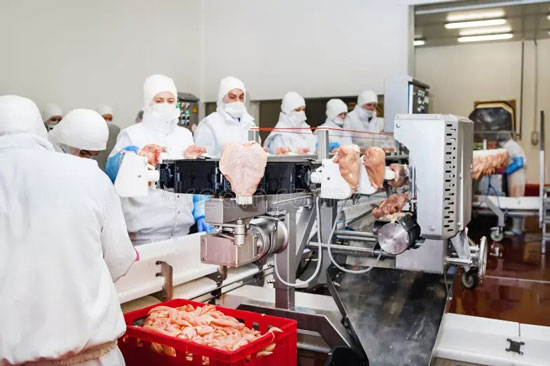
Introduction to the Meat Processing Industry
The meat processing industry involves various stages, from slaughtering and dressing animals to cutting, curing, and packaging meat products for distribution and consumption. It serves both domestic and international markets, catering to diverse consumer preferences and culinary traditions.
Factors Influencing Profitability
1. Market Demand and Consumption Patterns
The profitability of a meat processing business is closely tied to market demand for meat products. Factors such as population growth, dietary preferences, economic conditions, and cultural influences impact consumption patterns. Understanding and responding to these dynamics are essential for identifying profitable market segments and product categories.
2. Operational Efficiency and Scale
Efficient operations and economies of scale play a critical role in enhancing profitability. Larger meat processing facilities often benefit from lower production costs per unit, streamlined logistics, and enhanced bargaining power with suppliers and distributors. Optimizing production processes and investing in technology can significantly improve operational efficiency and profitability.
3. Product Diversity and Innovation
Offering a diverse range of meat products tailored to consumer preferences can drive profitability. Innovations in product development, such as value-added products, organic and natural meats, and convenience items, cater to evolving consumer demands and command premium prices in the market.
4. Quality and Food Safety Standards
Maintaining high standards of quality and food safety is non-negotiable in the meat processing industry. Adherence to stringent regulatory requirements and certifications not only ensures consumer trust but also mitigates risks associated with product recalls and legal liabilities. Investing in quality assurance measures can safeguard brand reputation and support long-term profitability.
5. Pricing Strategy and Market Competition
Effective pricing strategies that balance competitiveness with profitability are essential. Pricing decisions should consider production costs, market trends, competitor pricing, and value perception among consumers. Strategic pricing can help maximize revenue while maintaining market share in a competitive landscape.
Challenges in the Meat Processing Business
1. Regulatory Compliance and Environmental Standards
Navigating complex regulatory frameworks and meeting environmental standards pose significant challenges for meat processors. Compliance with sanitation, waste management, and animal welfare regulations requires ongoing investment in infrastructure and operational practices.
2. Supply Chain Management
Managing a reliable and efficient supply chain is critical to maintaining production continuity and meeting customer demand. Challenges such as sourcing quality raw materials, transportation logistics, and inventory management can impact operational efficiency and profitability.
3. Technological Advancements and Automation
Keeping pace with technological advancements and integrating automation in processing operations can be costly and resource-intensive. However, adopting advanced technologies such as robotics, AI-driven quality control systems, and smart packaging solutions can improve efficiency, reduce labor costs, and enhance product consistency.
4. Price Volatility of Raw Materials
Fluctuations in the prices of raw materials, such as livestock feed and energy, directly impact production costs and profit margins. Implementing risk management strategies, including hedging and sourcing diversification, helps mitigate the impact of price volatility on profitability.
Opportunities in the Meat Processing Business
1. Export Markets and International Expansion
Expanding into export markets presents significant growth opportunities for meat processors. Access to new markets with growing demand for quality meat products can diversify revenue streams and mitigate risks associated with domestic market fluctuations.
2. Health and Wellness Trends
The increasing consumer preference for healthier and sustainable food options presents opportunities for meat processors. Developing and marketing products that align with health-conscious trends, such as organic, grass-fed, and antibiotic-free meats, can capture a premium segment of the market.
3. Vertical Integration and Value-Added Products
Vertical integration, including owning livestock farms or partnering closely with suppliers, can optimize supply chain efficiency and reduce costs. Additionally, producing value-added products like pre-marinated meats, ready-to-cook meals, and gourmet cuts allows processors to command higher margins and differentiate their offerings.
4. Sustainability Initiatives
Embracing sustainable practices, such as waste reduction, energy efficiency, and carbon footprint reduction, not only enhances corporate social responsibility but also appeals to environmentally conscious consumers and stakeholders. Implementing sustainable initiatives can strengthen brand reputation and attract a loyal customer base.
Conclusion
The meat processing business presents substantial opportunities for profitability amid evolving consumer preferences, technological advancements, and global market dynamics. Success in this industry hinges on strategic planning, operational excellence, compliance with regulatory standards, and responsiveness to market trends. By leveraging innovation, quality assurance, and efficient supply chain management, meat processors can navigate challenges and capitalize on growth prospects in the competitive global marketplace.
In conclusion, the meat processing industry offers significant potential for profitability through strategic market positioning, operational efficiency, product innovation, and sustainability initiatives. By understanding and addressing key factors, challenges, and opportunities, entrepreneurs and investors can make informed decisions to thrive in this dynamic and essential sector of the global food economy.
Must-Read Blogs For Chain Restaurants Owner

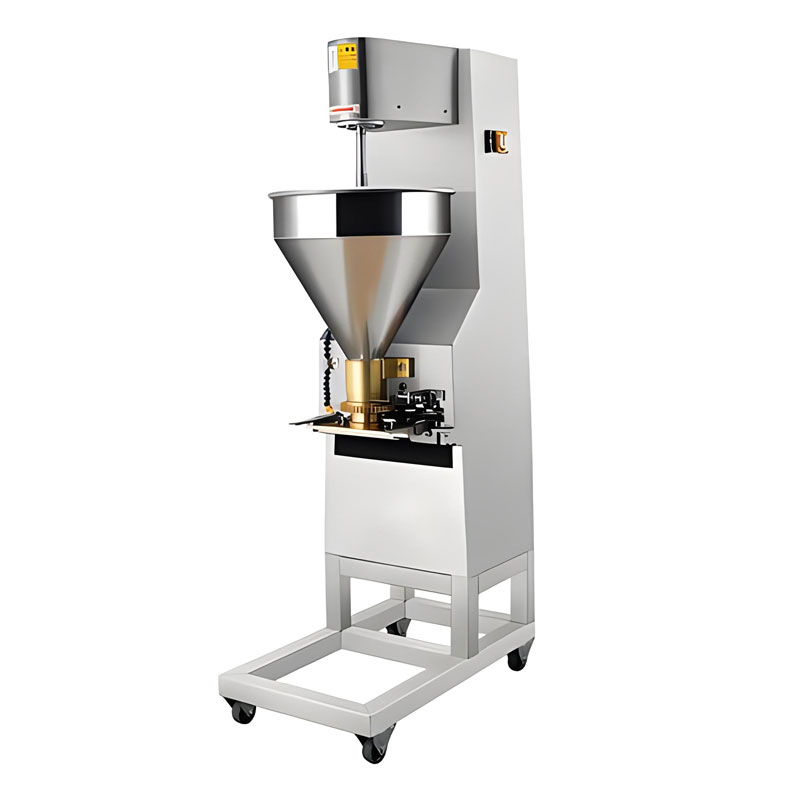
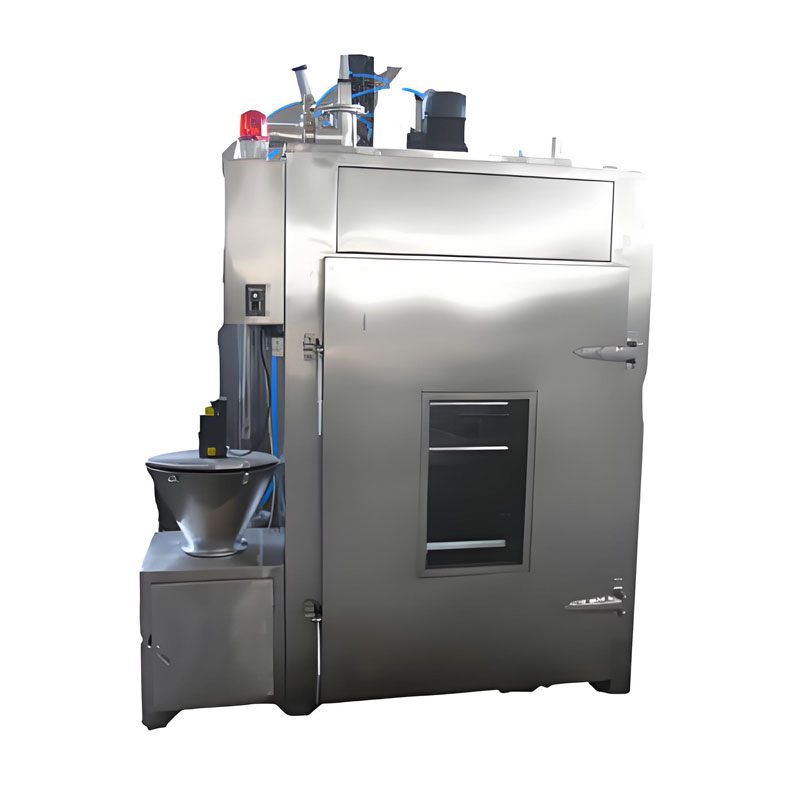
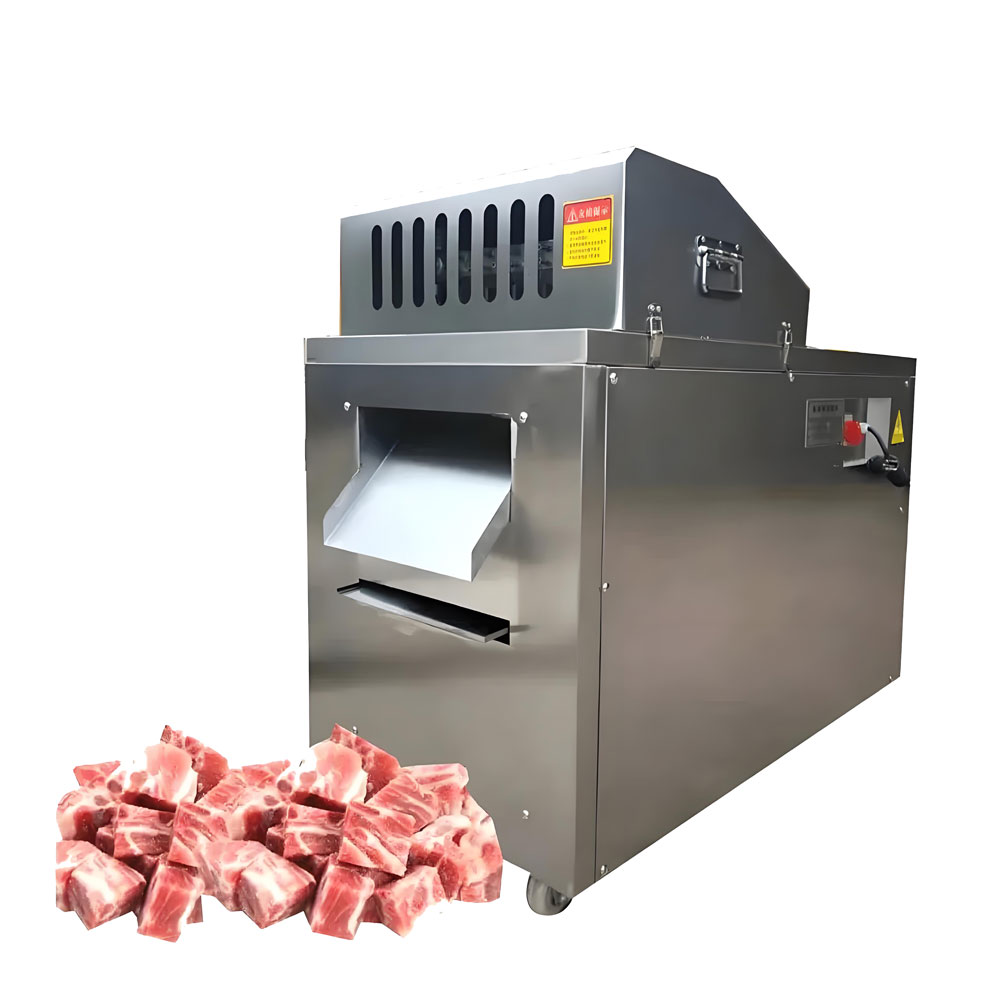
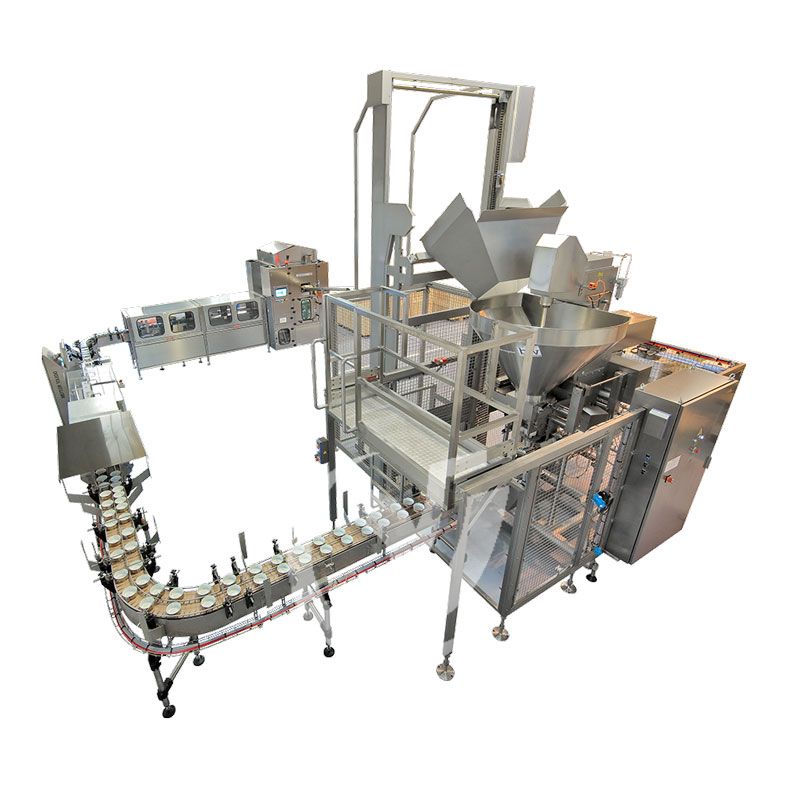

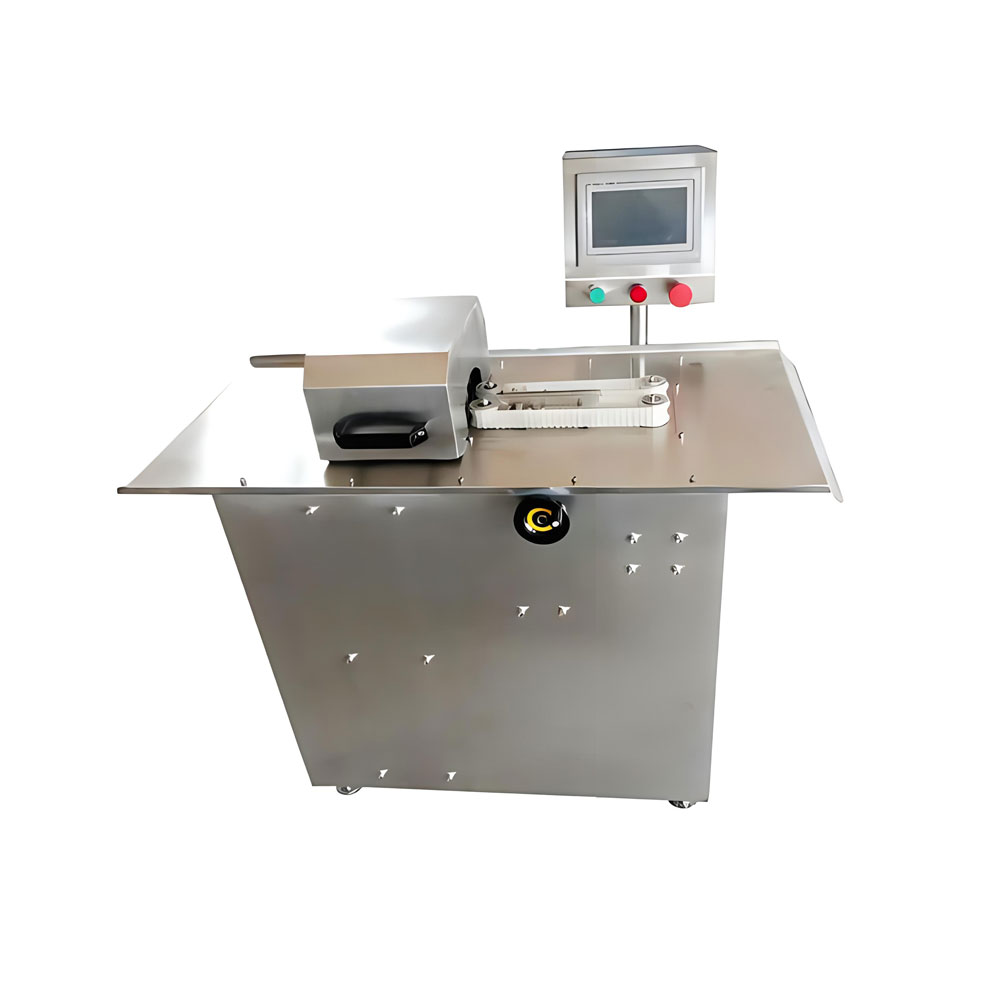
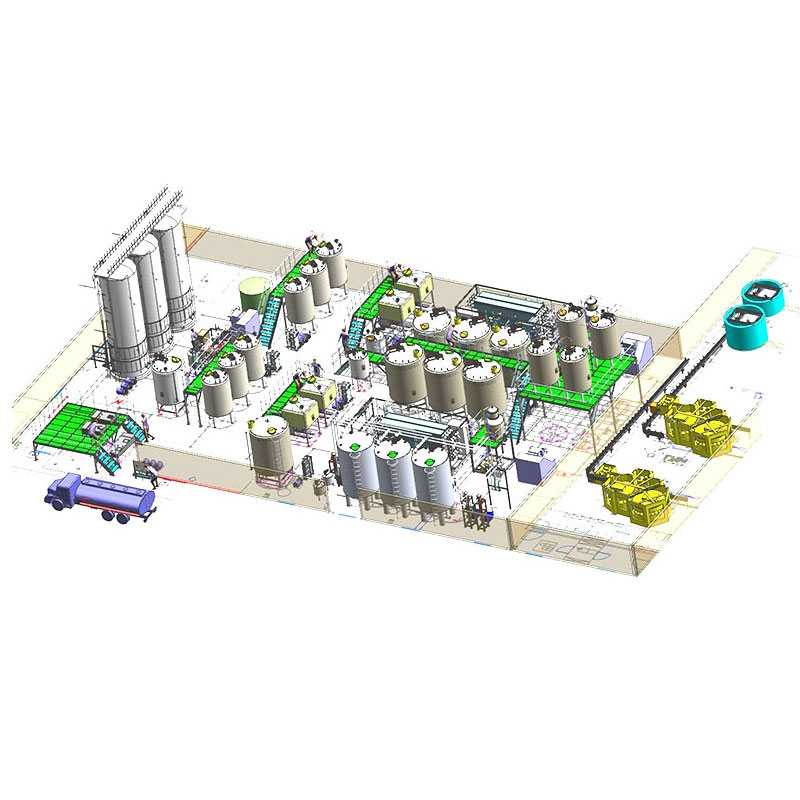



 Meat Canned Food Production Line
Meat Canned Food Production Line Canned Meat Production Line
Canned Meat Production Line Canned Luncheon Meat Production Line
Canned Luncheon Meat Production Line
Ready to Get Started?